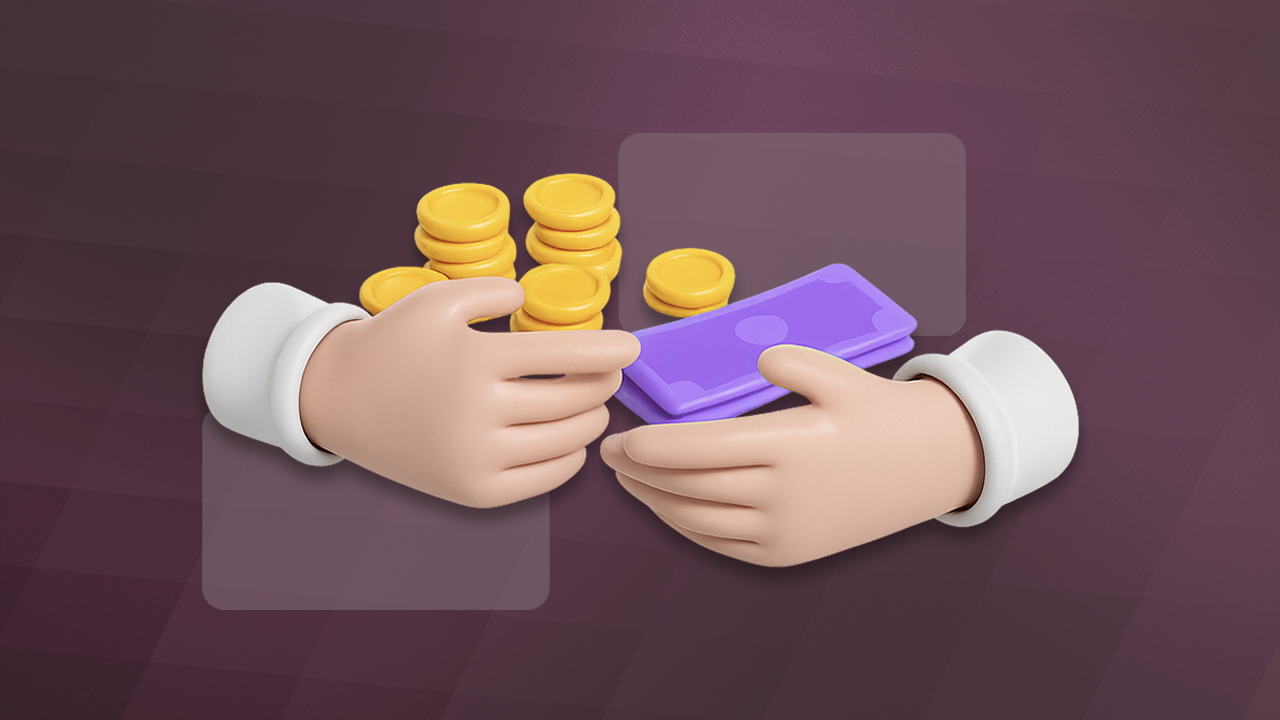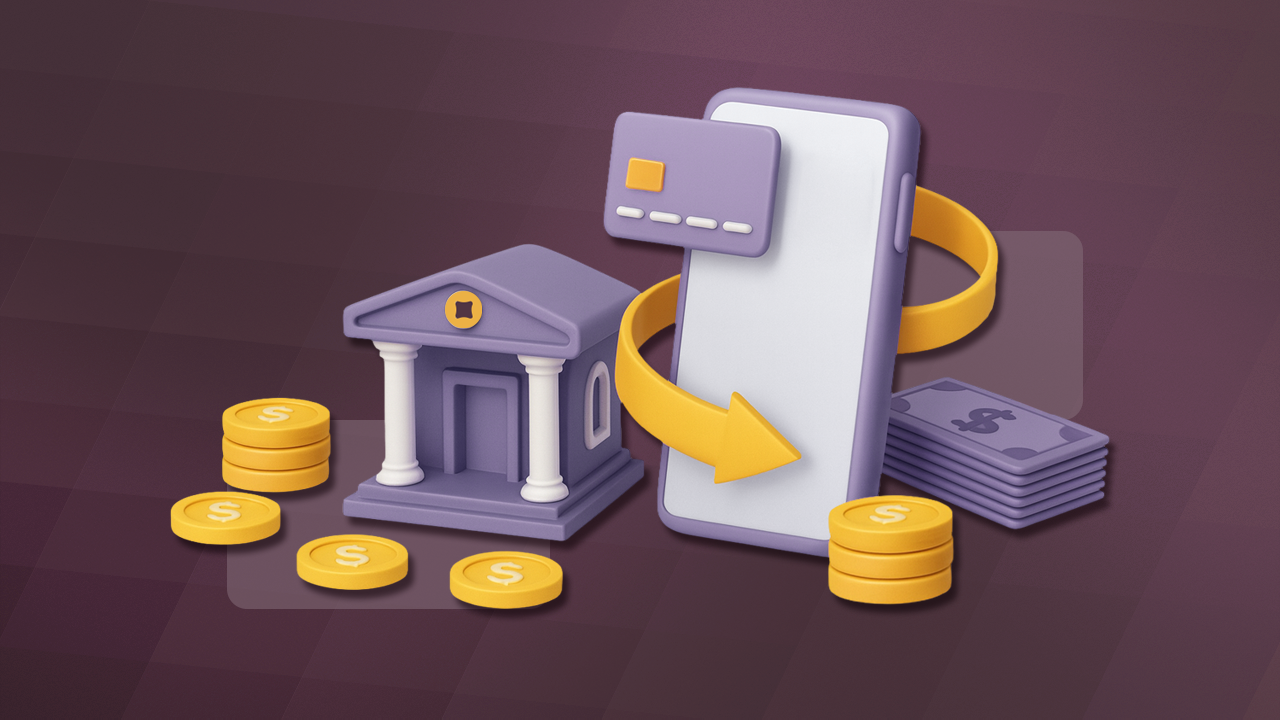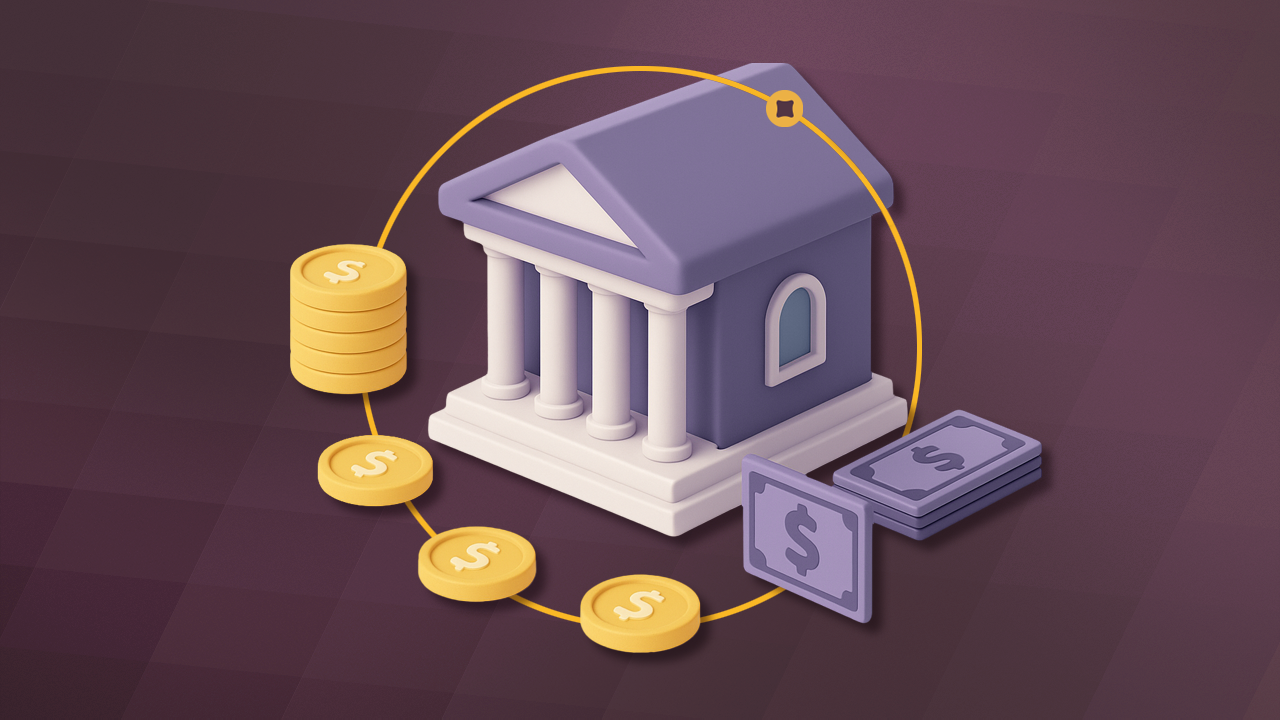Sick of playing bill collector for your own business? The average B2B invoice sits unpaid for more than 40 days. For companies in the physical economy, such as contractors, wholesalers, distributors, that delay isn’t just frustrating. It’s crippling. Cash flow stalls. Payroll gets tight. Growth plans grind to a halt.
If you’re moving half a million in product every month or managing multiple accounts for clients, waiting 60 to 90 days to get paid is a nightmare.
That said, you don’t have to live like this. We’ve pulled together eight proven strategies that real businesses are using right now to speed up payments, tighten cash flow, and take control of their receivables, all without burning bridges with customers.
Key Takeaways
- Late payments drain cash flow, with average B2B invoices remaining unpaid for more than 40 days and costing thousands in carrying costs annually.
- Making payments easier, like adding “Pay Now” links and multiple payment options, can reduce collection time by 15 to 20 days.
- Clear payment terms with exact due dates and milestone billing help avoid misunderstandings and improve on‑time payments.
- Automated invoicing, reminders, and real-time payment tracking cut administrative work and help prioritize follow-ups effectively.
- Incentives such as 2‑3% early payment discounts or priority scheduling motivate clients to pay ahead of schedule.
- Building strong client relationships improves trust and payment priority, while escalation strategies handle chronic late payers.
- For faster, simpler payments with no ACH fees, native QuickBooks integration, and automated reconciliation, use Nickel.
1. Make Payment Ridiculously Easy
The number-one reason clients drag their feet? It’s not that they can’t pay, it’s that paying you is a hassle. When someone has to log into a bank portal, dig up your routing number, and manually key in every detail, guess what happens? They put it off.
Smart businesses strip out every ounce of friction. Give clients multiple ways to pay: ACH, credit cards, even checks if that’s their thing. And don’t bury the payment link. Slap a big, obvious “Pay Now” button right on your invoice so they can settle up in seconds. That tiny tweak can shave 15 to 20 days off your collection cycle - real cash in your account when you actually need it.
Here’s where tools matter. Payment platforms that sync with your accounting software make it effortless for both sides. Nickel is a prime example here - it offers 100% free ACH transfers (yes, both incoming and outgoing) and plugs directly into QuickBooks. No more chasing payments, no manual reconciliation headaches, and no extra fees eating into your margins.
2. Set Clear Payment Terms Upfront
If your client isn’t crystal clear on what’s due, when it’s due, and what happens if they’re late, expect problems. Vague terms like “payment upon completion” are an open invitation for delay.
Spell it out: “Payment due within 15 days of invoice date via ACH or credit card.” Make it bold, make it visible, and repeat it everywhere - contracts, proposals, invoices.
Add human context too. A line like, “Prompt payment helps us keep pricing competitive and projects running smoothly,” turns an impersonal demand into a mutual benefit. For bigger jobs, structure milestone payments, such as 50% upfront, 40% at substantial completion, 10% at handover, so you’re not left floating cash for months.
Stop Waiting 60 Days to Get Paid - Nickel turns slow-paying clients into instant cash flow with Net Terms Advance™. Offer your customers generous Net 30-60 terms, close more deals, and still get paid upfront risk free. Start using Nickel today and turn overdue receivables into cash you can use right now.
3. Send Invoices Immediately
Every day you wait to send an invoice is another day your cash is stuck in limbo. Finish a job on the 15th but don’t bill until the 30th? You’ve already burned two weeks of working capital.
Fast operators automate this. Invoices should go out the second a shipment leaves your dock or the moment a project milestone is hit. Service businesses can speed things up even more by ditching monthly billing for weekly or bi‑weekly cycles. Smaller, more frequent invoices get approved faster and create steadier cash flow.
Timing matters too. Send invoices early in the week - not Friday afternoon when nobody’s processing payables. And aim for early in the month before your client’s AP team is slammed with their own month‑end chaos. These micro‑adjustments stack up to real cash in your bank.
4. Follow Up Systematically
Most companies wait until invoices are overdue to send reminders - and by then, the client’s already mentally moved on. The smartest businesses? They start nudging before the due date.
Here’s a follow‑up cadence that works:
- Friendly reminder 5 days before due date
- Another on the due date itself
- Escalate at 7, 15, and 30 days past due with progressively firmer language
Tone is everything. Keep it helpful early on: “Just a quick heads-up - Invoice #1234 for $15,000 is due on March 15. Let me know if you need payment details again.” As it ages, be clear but professional about the impact of late payment and next steps.
This is where Nickel makes life easier.
It gives you live tracking on every transaction, so you always know if an invoice has been opened, viewed, or partially paid. Plus, Nickel syncs directly with QuickBooks. Your reminders go out automatically, and when a client finally pays, your books update instantly. That level of visibility cuts the stress (and time) out of chasing payments.
5. Offer Payment Incentives
Want to get clients to pay faster? Give them a reason to move your invoice to the top of the pile. A small incentive, like 2% off if they pay within 10 days, can completely change behavior. It costs you less than financing unpaid invoices for 60 days and keeps cash flowing when you need it most.
The trick is making the incentive worth noticing. Half a percent won’t move the needle, but 2-3% grabs attention, especially on large invoices. A $20,000 bill paid early saves them $400-$600, which often makes them prioritize you over everyone else they owe.
Non-monetary perks work too. Offer priority scheduling, waive minor service fees, or guarantee faster shipping for accounts in good standing. Some companies even stack incentives: 3% off if paid in 5 days, 2% in 10, 1% in 15. It creates urgency and puts you in control of your cash flow.
6. Use Technology to Your Advantage
Manual invoicing and payment tracking is killing your cash flow. Every spreadsheet, reminder email, and bank run adds friction, and friction is the enemy of fast payment. Modern payment platforms solve this by doing the grunt work for you.
Look for a system that integrates with your accounting software, automates reminders, and gives clients multiple ways to pay: ACH, card, or even digital check deposits.
Nickel checks every box, and then some. It offers 100% free ACH transfers, plugs directly into QuickBooks for instant reconciliation, and even lets clients pay with one click through branded links you can send by email or text.
For accountants juggling multiple clients, Nickel’s dashboard shows payment status across every account in real time. That means no more guessing which invoices need chasing. You see it all, act faster, and spend less time buried in admin work. Combine that with automatic recurring payments for subscription-style services, and you’ve got a system that practically collects itself.
7. Build Strong Client Relationships
Here’s the truth: clients pay fast when they trust you. If you’re just another vendor in their inbox, your invoice will sit at the bottom of the pile. But if you’ve built a relationship where they value your service, and know you’ve got their back, they’ll prioritize you every time.
This doesn’t mean becoming best friends. It’s about consistent professionalism. Deliver on promises. Communicate clearly about timelines. Follow up before problems escalate.
When you talk about payments, frame it around their benefit: “Keeping accounts current lets us lock in your pricing and prioritize your orders.” That hits differently than “We need the money.”
Strong relationships make tough conversations easier too. If a client hits a cash crunch, they’re more likely to be honest and work out a solution with you when they know you’ve treated them fairly all along.
8. Know When to Get Tough
Sometimes polite reminders aren’t enough. Some clients won’t move until they feel real pressure. That’s where a clear escalation plan comes in, and it has to be consistent.
Start light with certified letters or personal calls from a senior team member. If nothing moves, step it up: stop new work, require cash up front, or, when necessary, bring in collections or file liens. Contractors and suppliers especially should understand their lien rights.
A preliminary notice can motivate payment faster than months of emails, but timing matters - miss the window and you lose the leverage entirely.
The key is following through. Empty threats wreck credibility. If you say work stops without payment, mean it. Clients will quickly learn you’re serious, and over time, you’ll spend less energy chasing payments and more time growing your business.
The Real Cost of Slow-Paying Clients
Every day a client drags their feet on payment is money out of your pocket. That $50,000 invoice you’re waiting on? An extra 30 days unpaid racks up about $205 in carrying costs (based on a 5% cost of capital).
Scale that across $2 million in receivables, and shaving just ten days off your average collection cycle unlocks over $54,000 in working capital. That’s payroll, new inventory, or your next big marketing push sitting idle because a client hasn’t hit “pay.”
On that note, the average business spends as much as 10% of its time chasing payments and handling manual financial tasks.
At $50 an hour, that’s $1,250 a week, or $65,000 a year, wasted on follow-ups instead of growth. That’s a full-time employee’s salary you’re sinking into busywork instead of building the business.
Implementation Strategy
Trying to overhaul your payment process overnight is a recipe for chaos. The smarter play? Layer these strategies in phases.
Start with the fundamentals:
- Set crystal-clear payment terms so there’s zero ambiguity.
- Send invoices immediately - every day you wait adds to your cash crunch.
- Build a follow-up system that starts before invoices even go overdue.
Once those basics are running smoothly, stack on accelerators like early payment incentives and automation tools. For companies managing big-ticket invoices, technology is the difference-maker. Modern payment platforms can shave 20-30% off collection times and kill most of the manual work that eats your team’s week.
The end goal isn’t just faster cash, it’s predictable cash. When payments come in on time, you stop firefighting and start planning: taking bigger projects, negotiating better supplier terms, and investing in what actually drives growth.
Fast payment is about designing systems where paying you quickly is the easiest, most natural thing they can do - and that system should involve Nickel, a payment platform with free ACH transfers, native QuickBooks Online integration, and Net Terms Advance™, among other beneficial features.
Getting Clients to Pay Faster: Final Thoughts
Cash flow doesn’t have to be unpredictable. By removing friction from payments, setting clear terms, automating reminders, and using tools like Nickel, you can turn late-paying clients into consistent payers.
Small changes, like sending invoices immediately or offering early payment incentives, stack up to big results, freeing up working capital and cutting wasted admin time. Strong client relationships and clear escalation plans only reinforce this process, ensuring payments stay on track.
Ready to stop chasing payments and start receiving them on time? Nickel's payment platform combines all the tools you need to accelerate collections while eliminating transaction fees that eat into your profits. With free ACH transfers, automatic invoicing, and integrated follow-up tools, you can cut your average collection time significantly while reducing the administrative burden of payment processing.
Frequently Asked Questions
How Can Early Payment Discounts Impact Long-Term Margins?
Early payment discounts slightly reduce invoice totals but free up cash that can be reinvested into growth. The trade-off is often worth it because having capital sooner lowers borrowing needs and improves operational flexibility.
Don't miss these articles
Make every Nickel count
Join 10,000+ businesses paying and getting paid on Nickel






